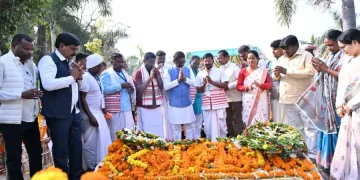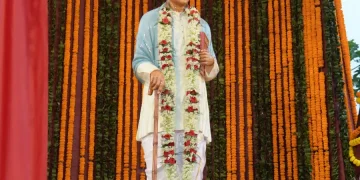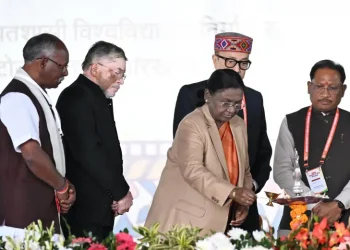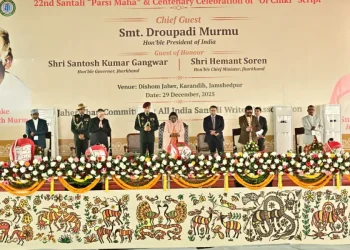A few years ago, when Odisha Governor Ganeshi Lal was presented with a bouquet during the convocation ceremony at Sambalpur University, it created quite a sensation.
It was not ordinary flowers, but a work of art made of woven palm leaves. The bouquet became a trend and soon, thousands of orders began pouring in from organisations, institutions and individuals.
The artistes — a self-help group (SHG) of women from Bamandagarh and Dimirimunda villages — found themselves inundated. “We could not meet the escalating demand. Handmade art takes time and besides, the raw material is seasonal,” explains a member of the group.
Only newly emerged soft palm leaves are collected from March to June. These are sun-dried for days and then left soaking in water.
“The process lends a perennial silvery shine to the bouquets that last for life if set inside airtight frames, while natural flowers wilt within two to three hours,” says Mita Behera, who has trained 20 women of the Bamanda Kusum Swayam Sahayak Gosthi (BKSSG).
Mita was introduced to the art through her husband Malay, convener of the Sagadeswar Mahotsav, which showcases the art and handicraft of the area.
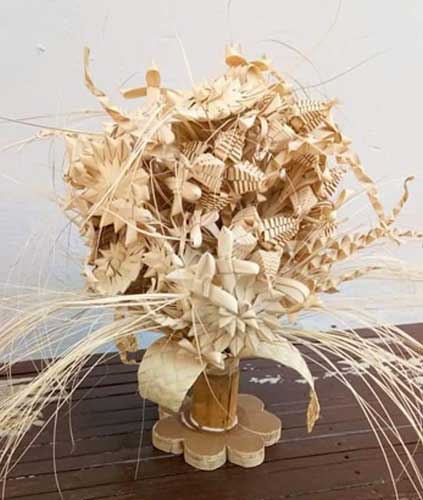
A bouquet, not of ordinary flowers but woven from palm leaves, has emerged from a tiny village and blossomed in the mainstream as the Bamanda Kusum Swayam Sahayak Gosthi keeps the art going
BKSSG, which has both tribal and non-tribal members, has an interesting history. Some years ago, Behera came upon a septuagenarian tribal, Kusum Mahakud, and her palm leaf bouquets at the Mahotsav.
Struck by its beauty, Behera asked the tribal woman to teach his wife the art, which had been passed down from the elders of Bamandagarh to Kusum, after whom the SHG has been named.
Mita then herself trained 12 Gond, Sabar and Kisan tribal women and eight others from the neighbouring Dimirimunda. The village women together formed BKSSG.
One member, Rajani Bag, a Gond, says, “Cohesion and coordination among tribals and non-tribals lends credence to the fact that we belong to one community.” Her Kisan compatriot, Rupam Majhi, agrees, talking about how they bond by keeping each other amused during work.
For three years since their art came into the limelight, BKSSG members worked hard to meet demand. “An artiste can, at best, make three bouquets in a day,” explains BKSSG’s Sibani Sabar. “Then the pandemic struck and punctured our momentum.”
Mita, however, is confident they will conquer the national market — and even go international — in the next couple of years. “Though their main focus is on bouquets, the women also make wall hangings and flower bases,” she says. “We have so much to offer.”

